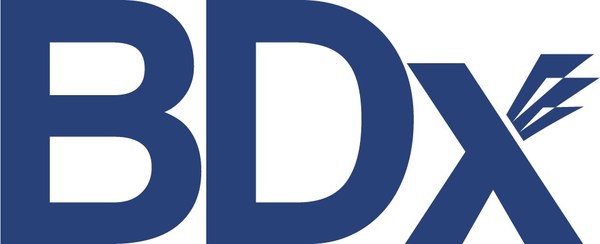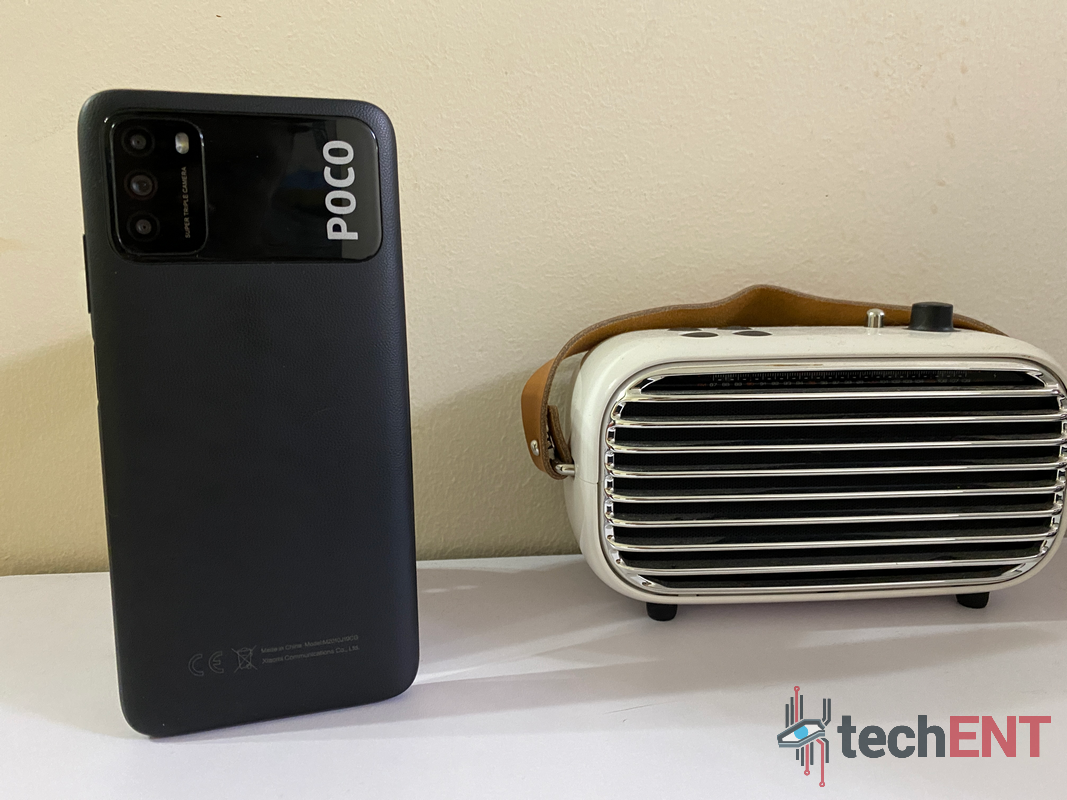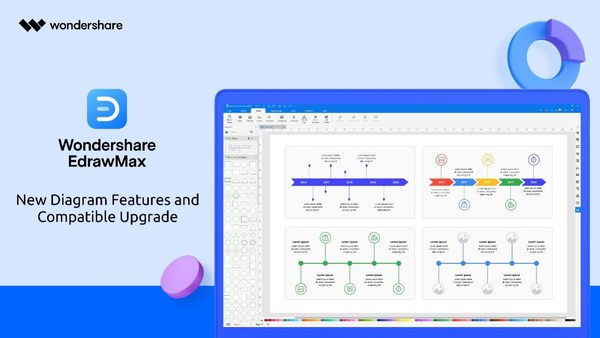HONG KONG, Jan. 21, 2021 — Flipclutch Research, a market research organization in Hong Kong, recently released a research report on ‘Opportunities and challenges of Extended Reality (XR)’. This report comes from the scientific research paper of Dr. Yang of WIMI Hologram Cloud, which explains the development and application of holography in detail and provides us with valuable information. The below is excerpted from the report:
In recent years, virtual reality (VR), mixed reality (MR), and augmented reality (AR) have attracted great attention in academia and industry. The industry also refers to these three technologies collectively Extended Reality (XR). Among them, VR provides a revolutionary next-generation immersive entertainment interaction method, while MR and AR have great hopes to enable users to get rid of a single smartphone screen and enhance the user’s visual experience. Essentially, VR, MR, and AR are all results of mixing digital content with reality, and the difference lies in the ratio of mixing with reality. Both MR and AR need to be implemented in the real environment around the user. Among them, AR pays more attention to the elements of the real world, while the virtual elements in MR play a leading role. Therefore, AR and MR glasses and wearable devices do not need to completely isolate the external world, but only need to cover the digital content part of the user’s current perspective. In order to make the user feel real, AR and MR need to build a 3D model of the environment, and then, integrate the virtual elements and put it in a suitable position to prevent occlusion.In contrast, VR is a 100% virtual simulation experience. It is a virtual world in a three-dimensional space created by computer technology. VR uses a head-mounted display (HMD) to completely cover the user’s field of view (FoV), and then,changes in the content played on the screen are fed back to the user’s eye and head movements accordingly.
AR based on scene understanding is currently the most widely used and most promising form of AR presentation. The Pokemon Go mobile game launched by Nintendo in 2016 uses AR technology. Players can find the sprites in the real environment through the mobile phone screen, and then capture or fight. Since AR essentially superimposes virtual things on the real world, object recognition and scene understanding play a vital role in AR applications, which are directly related to the sense of reality of the final presentation.
MR relies on the powerful 3D rendering capabilities and interactive perception capabilities of HMD to realize the fusion of holographic images and real life. In medical applications, 3D organ images can directly help doctors communicate with patients and show the location and treatment methods of the lesion. In architectural planning, designers can visualize various design inspirations in the real world, display architectural styles and deployments, and better facilitate commercial cooperation. Currently, the more mature devices for MR applications are Hololens launched by Microsoft and Magic Leap One launched by Magic Leap.
Compared with AR and MR, VR has received more attention and popularization due to its revolutionary interactive methods, applications such as VR sports live broadcast/large-scale event live broadcast, VR travel, real estate video on demand/live broadcast, UGC (user-generated content) VR game on demand/live broadcast, VR conference, and VR live broadcast, have been widely used and promoted. It is predicted that by 2025, the VR application market will reach 30 billion US dollars. Recently, IT companies including Apple, Google, Facebook, and YouTube have also deployed the VR market. As the most popular VR application at present, VR video uses 360-degree video to construct a three-dimensional virtual world in HMD, relying on strong immersion, interaction, imagination, and other features that bring people a revolutionary visual interactive experience. However, this kind of new experience requires higher transmission bandwidth, higher video bitrate, and lower latency.
1. The main challenges currently facing XR
1.1 Content production
1.2 GPU/CPU processing power
2. Network transmission capacity
2.1 Meeting mobility needs of wireless networks
2.2 High data rate and low latency requirements
3. Possible technological breakthrough points in the future
3.1 Highly integrated display device (HMD)
3.2 Content rendering and production based on computer graphics technology
3.3 XR content transmission based on D2D communication
3.4 XR content transmission based on the cache transcoding mechanism of 5G mobile-edge computing
What is XR?
Augmented reality (AR). It is a technology that computes the position and Angle of the camera image in real time and adds corresponding images, videos and 3D models. The goal of this technology is to embed the virtual world on the screen and interact with the real world. As the CPU computing power of portable electronic products improves, the use of augmented reality will be more and more extensive.
Extended Reality (XR) is a term for the use of computer technology and wearable devices to produce a combination of real and virtual, human-computer interactive environment. The expansion includes augmented reality (AR), virtual reality (VR), mixed reality (MR) and many other forms. In other words, to avoid confusion, XR is a generic term that includes VR, AR, and MR. The XR points are divided into multiple levels. From a virtual world with wired sensor input, to a full virtual world.
Features of 5G, such as high transmission and low delay, can enrich XR application scenarios. The large bandwidth characteristic of 5G network can meet the development demand of XR. 5G overlay edge computing brings low latency and transfers the computing power needed for local rendering to the cloud.
XR(extended reality), including VR(virtual reality), AR(augmented reality), MR(mixed reality) and so on, is expected to be one of the killer applications in the 5G era due to its ability to provide users with more immersive experience. Nowadays, with the maturity of 5G technology and large-scale commercial use, various XR applications are also attracting much attention.
Recently, Weimy Holographic released a hybrid reality (" MR ") head-mounted display (" Head display ") new product, "Holographic Soft Light Cinema", to further expand the company’s holographic product portfolio matrix. This headset, which focuses on audio and video entertainment, brings a more immersive experience with a bigger screen, more comfortable seats and a better sense of immersion.
As an ecological service provider for 5G applications, Weimei Hologram focuses on computer vision holographic cloud services. Its product layout business application scenes are mainly concentrated in five professional fields, including home entertainment, light field cinema, performance performance system, commercial release system and advertising display system. Based on the imaging detection and recognition technology, template matching and detection technology, video processing and recognition technology, holographic 3D layer replacement technology in imaging recognition and dynamic fusion processing technology in imaging tracking, Weimai embed holographic AR advertisements into online videos. It is hoped that these technologies will be applied to the company’s future strategic blueprint, such as the development and application of holographic 3D face recognition technology and holographic face change technology.
The integrated holographic application platform independently developed by Weimei research and development team includes holographic audio-visual integrated operation, holographic advertising service, holographic media asset management and platform-level holographic data management and holographic interaction system, holographic recognition system, holographic label system, holographic tracking system, holographic capture system and holographic analysis system.
Compared with its domestic counterparts, Wimi. US has established a comprehensive holographic AR content library, and the format of holographic AR content covers from 3D models to holographic short videos. As of December 31, 2018, there are 4,654 ready-to-use AR holographic content available for Micromidea holographic AR products and solutions covering a wide range of categories, including animals, cartoon characters, vehicles and food. Of these, 2,961 were used for educational scenes, 851 for tourism, 739 for arts and entertainment, and 103 for science popularization. In addition, Weimie’s content library is enriched with copyrighted content licensed from third parties. Weimy works with a variety of content owners, including brands, film producers and talent agents, to transform high-quality IP into AR.
XR as the next generation mobile computing platform
As the next generation mobile computing platform, the XR is promoting the convergence of the real and digital worlds, thus revolutionizing the way we work, live, learn and play.
With the support of 5G connection with high speed and low time delay, people can put XR rendering and other tasks on the terminal side and the cloud for distributed processing, and make full use of the advantages of terminal and cloud, so that users can experience XR experience with realistic visual effect on thin and lightweight devices. In addition,AI can also provide support for a variety of perception algorithms needed for spatial computing, further enhancing people’s immersive experience on XR devices.
In the past, people used to play games, watch live shows, watch movies and TV shows, etc. on XR devices, that is, they focused on individual users’ usage scenarios. With the continuous progress of technology,XR can also be widely used in equipment fault detection/maintenance, online education, holographic conferencing and many other scenarios, with great development potential. According to Weimei holographic prospectus, with the change of 5G holographic communication network bandwidth conditions, 5G holographic application market will explode. Holographic interactive entertainment, holographic conference, holographic conference and other high-end applications will gradually popularize holographic social networking, holographic communication, holographic navigation, holographic family applications and other directions. Weimei holographic cloud plan is based on the holographic AI face recognition technology and the holographic AI face change technology as the core technology, with a number of technical innovation system to support the holographic cloud platform service and 5G communication holographic application.
Virtual reality industry in China should accelerate technological breakthroughs, accelerate the content innovation, enhance the user experience ascension, also want to consolidate 5 g, gigabit fiber broadband, cloud computing, artificial intelligence and other new digital infrastructure base, to get through upstream and downstream industry standards, to form closer collaboration, allowing XR real service in people’s life, in the service of one thousand lines of all sectors. In the national 5G related policy promotion, XR will finally usher in the breakthrough point of development. With the penetration of 5G and XR technologies into the work flows of enterprises and institutions at all levels, THE XR in the 5G era is bound to be a trillion market.
About Flipclutch
Flipclutch Team is a leading market research company in Hong Kong. They have established a professional and proprietary research platform for financial markets, focusing on emerging growth companies and technologically leading companies. Flipclutch team is professional in market research reports, industry insights & financing trends analysis. For more information, please visit http://www.Flipclutch.com
Related Links :
http://www.Flipclutch.com

























